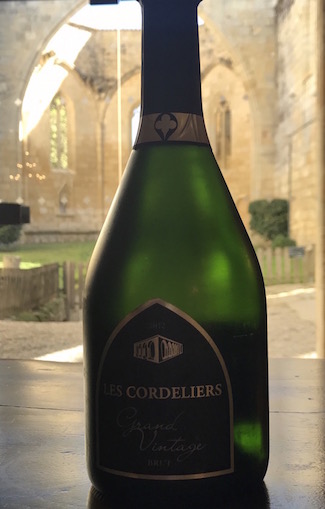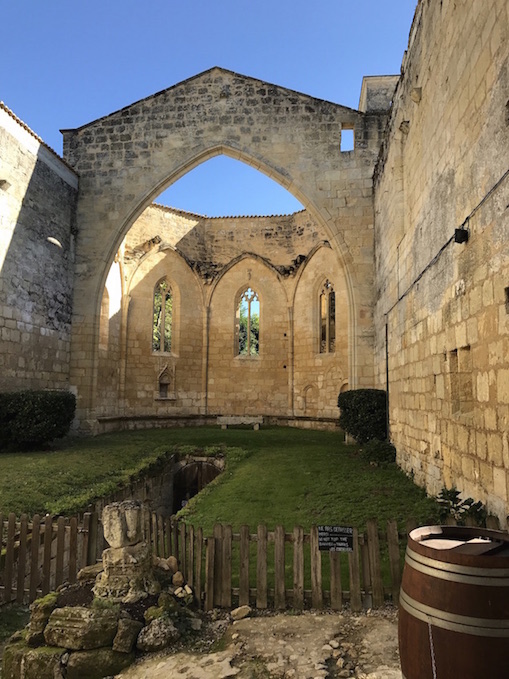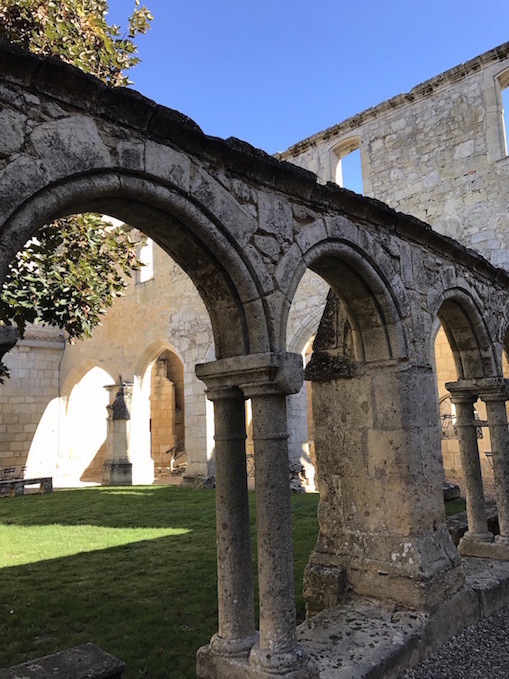In September The Winerist set out in association with Planete Bordeaux to discover the story of Crémant de Bordeaux. Arguably the least feted of the seven Crémant appellations in France, Crémant de Bordeaux was awarded its AOC in 1990 and makes up just 1.5% of wine production in Bordeaux.
Made in the Methode Champenoise, later known as the Methode Traditionelle, Crémant producers must meet strict criteria; all grapes picked by hand, second fermentation in the bottle, it must be bottled on its lees for nine months and aged for a minimum of one year. The result: A gorgeous sparkling wine with an affordable price tag.
So where can you go to taste Crémant de Bordeaux?
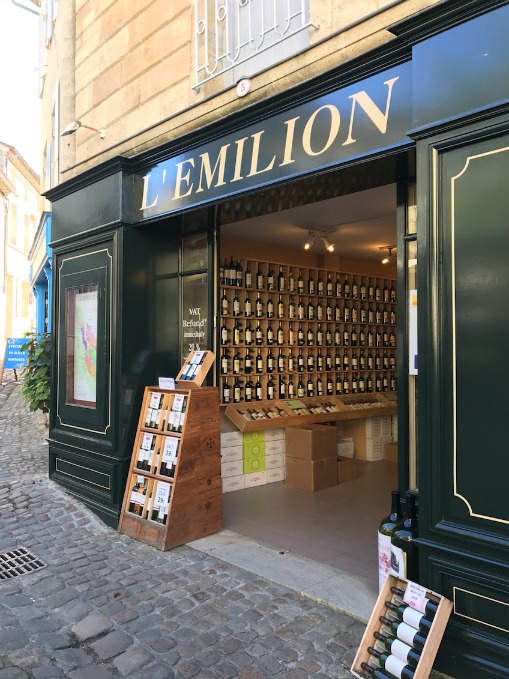
The medieval bastide of St. Emilion is home to the Cloitre des Cordeliers, renowned for its Crémant production. The cloister was built by monks in the 14th century (the name derives from the cord belts they wore around their robes) and later abandoned during the French Revolution until it was bought in the late 19th Century.
The cloister sits above a portion of the 200 km of underground quarries found under St. Emilion. Romans were the first to excavate the limestone in these hills, an excavation that lasted for centuries and the evidence of which can be seen in the grand buildings of St. Emilion and Bordeaux. The quarries remain accessible and it was the owners of the cloister in the late 19th century who realised that the tunnels provided the perfect ageing environment for the production of sparkling wine made in the Methode Champenoise. They purchased three kilometres of tunnels and the rest, as they say, is history. Today there are half a million bottles of Crémant de Bordeaux ageing in the man-made caves under the Cloister alone, where the temperature is ideal for Crémant production – a constant 12°C.
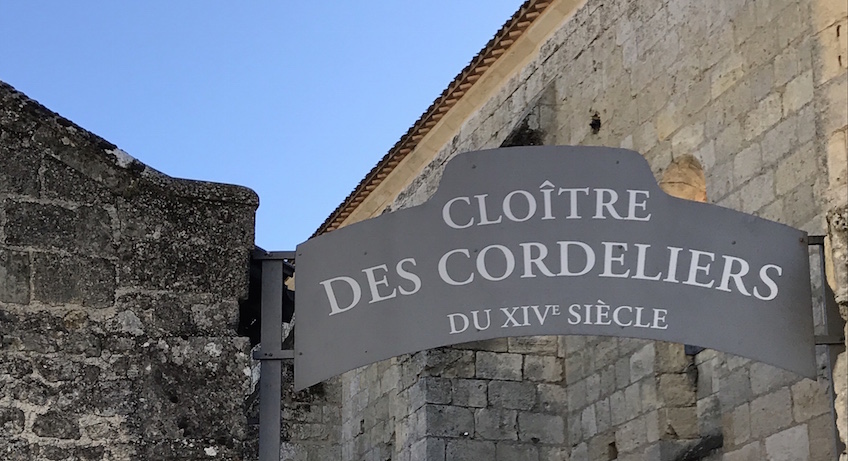
It is possible to visit the quarries by appointment, and the labyrinthine tunnels are a highlight of any visit. Your guide will lead you down underneath the ruins and through the walkways lined with dusty bottles. Once in the depths of the quarry It is easy to imagine the many uses of these tunnels through history, and in fact there are still etchings on the walls from when the tunnels were used during WW2 by both the occupying German Army and French Resistance workers. It is here, beneath the low ceilings of the tunnels, that the wine goes through ‘remuage’, where each bottle is carefully turned in order to avoid the build up of sediment.
The wine that emerges from this painstaking process is a flavourful and elegant sparkling wine with an intriguing history. Crémant has been favourably compared to many mid-range champagnes, and would be a great (and affordable) upgrade from Prosecco as a party wine.
Look out for a bottle at your local stockist, or head to Nicolas wine shops in the UK where it is currently available for £14.99.
If you’d like to find out more about Crémant de Bordeaux, or fancy exploring the underground tunnels and beautiful Cloitre des Cordeliers for yourself, contact Winerist bookings@winerist.com to ask about our bespoke tours.
